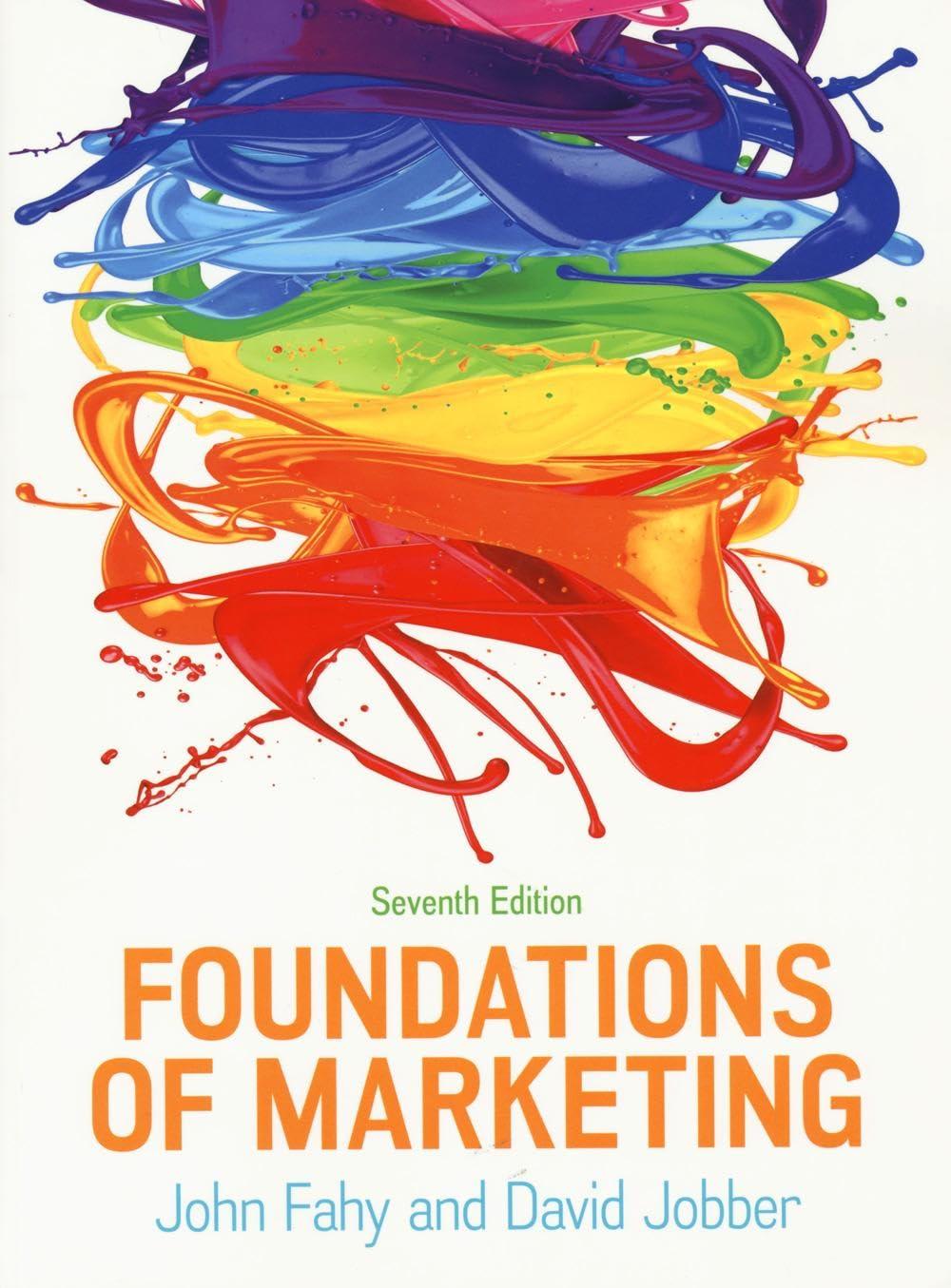Nike was founded in 1964 by Bill Bowerman. Located in Beaverton, Oregon, in the USA, the company
Question:
Nike was founded in 1964 by Bill Bowerman. Located in Beaverton, Oregon, in the USA, the company was initially known as Blue Ribbon Sports. In 1972, it launched the first Nike shoe, but it was not until 1978 that it was officially renamed Nike, Inc. The company has grown significantly since then, expanding its offerings beyond its early footwear products. Today, the company is a global leader in the design, development and manufacturing of athletic footwear and apparel, and has acquired several footwear and apparel companies, such as Bauer Hockey, Converse, Hurley International, Starter and Umbro. In 2021, Nike retained the title of world’s most valuable apparel brand for the seventh consecutive year,1 valued at nearly US$35 billion.2 The Nike swoosh was also ranked as one of the most recognized logos in the world. Nike has credited its focus on innovation and marketing for its success over the years.
The Nike value proposition focuses on satisfying its customers with a superior product made from the best available materials and latest technologies, which is also fashionable, worn by supreme athletes and sports stars, and is accessible to anyone. The company uses several innovative marketing strategies to support its value proposition and to achieve its marketing objectives but it continues to face some significant challenges in a rapidly evolving marketplace.
Challenges for Nike Dwindling brand value: Global and widespread economic disruption in 2020 caused a sharp decrease in consumer demand for the apparel sector. Many consumers struggled with job loss and falling incomes, and had essentially nowhere to go and no need for new fashions. Lockdown-induced store closures forced brands to digitalize quickly or face dire consequences to sales and profits. This caused the total brand value of the world’s top 50 most valuable apparel brands to decline 8 per cent year-on-year, with Nike recording a 13 per cent brand value drop. It was also forced to close the majority of its retail outlets across North America, Europe, the Middle East, Africa and Asia Pacific due to the pandemic. Despite this dip, Nike’s revenue increased due to its remarkable agility and innovation. The company’s online sales almost doubled in Europe, the Middle East and Africa.
Intense competition: The apparel sector is divided into the following subsectors: luxury; sportswear; fast fashion; watches, accessories and jewellery; high-street designer; underwear; and footwear. In the footwear sector, new entrants Timberland and Converse performed particularly well in 2020, recording a 47 per cent and 8 per cent brand value increase, respectively. Fila also performed well, with an impressive 68 per cent brand value increase to US$2.7 billion and celebrated strong sales growth towards the end of 2020, particularly within the Chinese market. The Fila brand worked hard to strategically embrace trends such as ’90s fashion making a comeback.3 However, although Nike fended off several competitors such as New Balance, Puma and Under Armour across different sectors, Adidas posed the biggest threat. The Adidas brand has increased steadily in value year on year over the last six years, with its net worth reaching US$64.9 billion in 2021. By increasing its advertising spending and partnering with high-profile celebrities like Kanye West, Pharell Williams, Run-DMC and Beyoncé, it grew by 10 per cent in North America and overtook Nike’s lead in emerging markets like China.
The Adidas portfolio includes TaylorMade and Runtastic, which increase its advantage further over Nike.
Changing consumer behaviour: In response to economic pressures, store closures and changing priorities, consumers of all ages flocked to the online environment. The acceleration of online shopping due to the pandemic changed how consumers choose to shop as well as what they purchase. Although the shift to digital platforms was out of necessity, different behaviours have been created or modified as a result and are predicted to be here to stay for the foreseeable future. In general, consumers are more tech-savvy, price-sensitive and willing to try different products to save money. This has led to a rise in demand for private-label products (a product that carries a retail company’s brand name but is manufactured by a third party) available on marketplaces such as Amazon and eBay. Direct-to-consumer (DTC) access is also favoured, as consumers are looking for the most convenient and quickest way to shop. The ‘always connected’ customer expects relevant and personalized content in real time, anywhere, and in the format and on the device of their choosing. Thus, the customer journey is now more complex than ever before.
Questions
1. Discuss the factors in the macroenvironment that Nike should consider. In your answer, include factors other than the ones presented in this case study.
2. What microenvironmental factors might affect Nike’s success?
3. Conduct a SWOT analysis on Nike.
4. Using Ansoff’s growth matrix, suggest future potential growth strategies for Nike.
Step by Step Answer:






